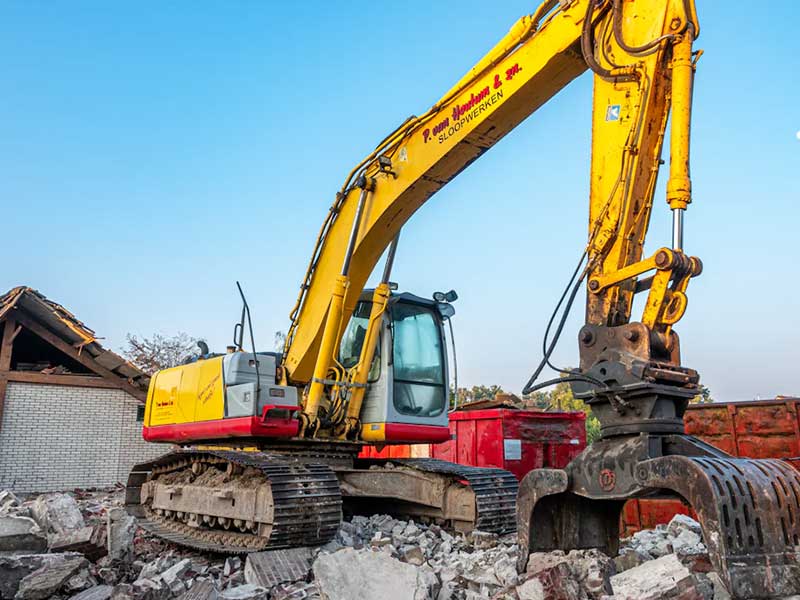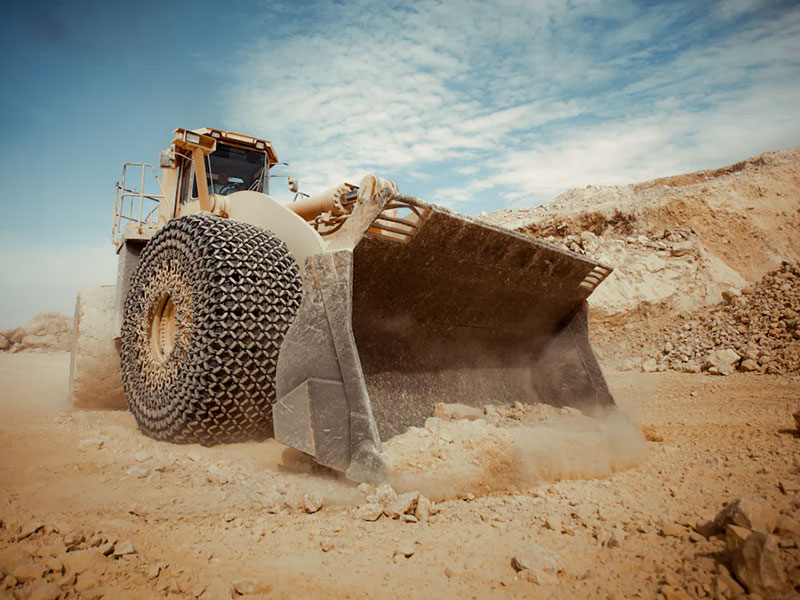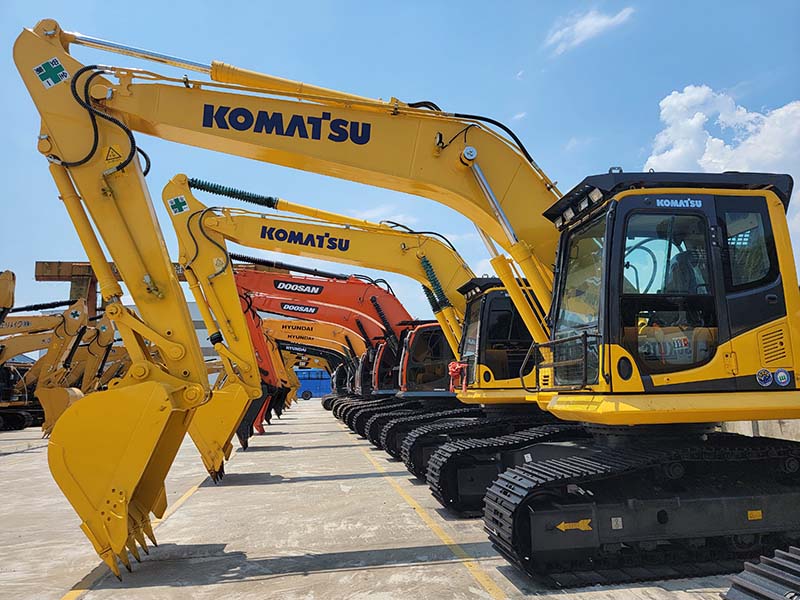Excavators are versatile machines that can be enhanced with the right attachments to tackle a variety of tasks. Selecting the appropriate excavator attachments is crucial for maximizing efficiency and productivity on the job site. Here’s a comprehensive guide to help you make an informed choice.
Understanding Your Needs
The first step in selecting the right excavator attachments is to understand the specific needs of your project. Different tasks require different attachments, so it’s important to define what you aim to achieve. Common tasks include digging, grading, lifting, and demolition. By identifying your primary tasks, you can narrow down the list of suitable attachments.

Types of Excavator Attachments
There are numerous excavator attachments available, each designed for specific functions:
Buckets: Buckets are the most common attachment and come in various types such as digging, trenching, and grading buckets. Choose the type and size based on the material you’ll be handling and the volume of work.
- Hydraulic Hammers: Ideal for demolition work, hydraulic hammers break through concrete, rocks, and other hard materials. Ensure compatibility with your excavator’s hydraulic system.
- Thumbs: Thumbs provide a firm grip for handling materials like logs, rocks, and debris. They are essential for tasks requiring precision handling.
- Grapples: Similar to thumbs but with a wider opening, grapples are perfect for picking up and moving irregularly shaped objects.
- Augers: Used for drilling holes in the ground, augers are useful for landscaping, fencing, and foundation work. Choose the auger size based on the diameter and depth of holes needed.

- Compactors: These attachments compact soil, gravel, and other materials to create a stable foundation. They come in different sizes and shapes to suit various applications.
- Rippers: Rippers are used to break up hard ground, frozen soil, or asphalt. They make it easier to prepare the ground for excavation or other work.
Compatibility and Quality
When selecting attachments, compatibility with your excavator is paramount. Ensure the attachments are designed for your specific model and size of the excavator. Check the attachment’s weight, hydraulic requirements, and mounting system to ensure they match your machine’s specifications.
Quality is another critical factor. Investing in high-quality attachments from reputable manufacturers ensures durability, safety, and better performance. Check for warranties and after-sales support to safeguard your investment.
Consider the Operating Environment
The operating environment plays a significant role in determining the right attachments. For instance, attachments used in rocky or abrasive conditions should be made from robust materials to withstand wear and tear. Consider the climate as well; attachments used in extremely cold or hot conditions should be designed to handle such environments.
Budget and ROI
While it’s tempting to go for the cheapest options, it’s essential to consider the return on investment (ROI). High-quality attachments might have a higher upfront cost but offer better performance, longevity, and reduced downtime, which ultimately saves money in the long run. Weigh the initial cost against the expected benefits to make a sound financial decision.
Maintenance and Ease of Use
Select attachments that are easy to maintain and operate. Attachments with complex mechanisms may require more maintenance, leading to increased downtime and costs. Opt for attachments with straightforward design and robust construction that can withstand regular use with minimal upkeep.
Versatility and Adaptability
Versatile attachments that can perform multiple functions are advantageous. For example, a quick coupler allows for rapid attachment changes, increasing the machine’s versatility. Adaptable attachments that can be used across various projects reduce the need for multiple attachments, saving storage space and costs.
Future-Proofing
Consider future needs and scalability when choosing attachments. As your business grows, you may take on different types of projects requiring varied attachments. Investing in attachments that offer flexibility for future tasks ensures you are not limited by your equipment.
Conclusion
Selecting the right excavator attachments involves careful consideration of your project needs, machine compatibility, quality, operating environment, budget, and future requirements. By making informed decisions, you can enhance your excavator’s capabilities, boost productivity, and achieve better project outcomes. Remember, the right attachment not only makes the job easier but also extends the life of your equipment, providing a significant return on investment.


